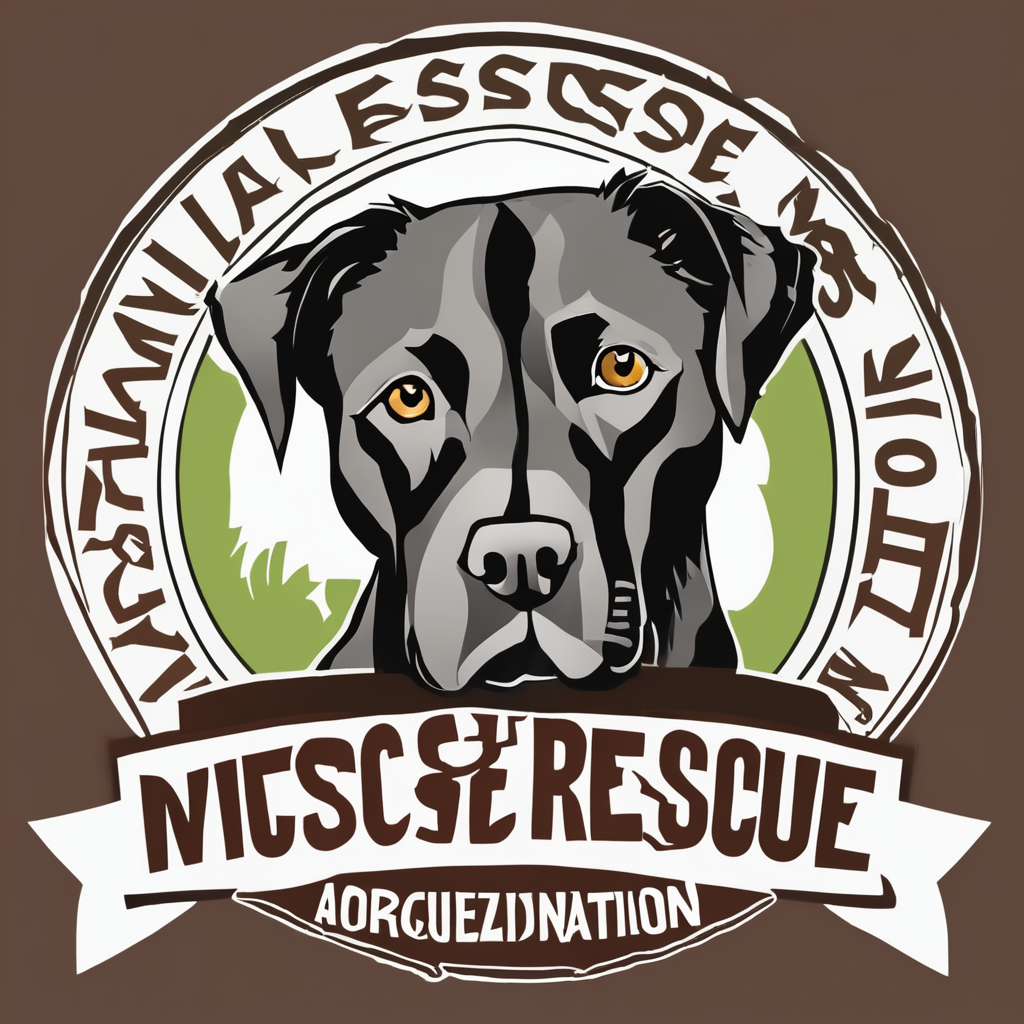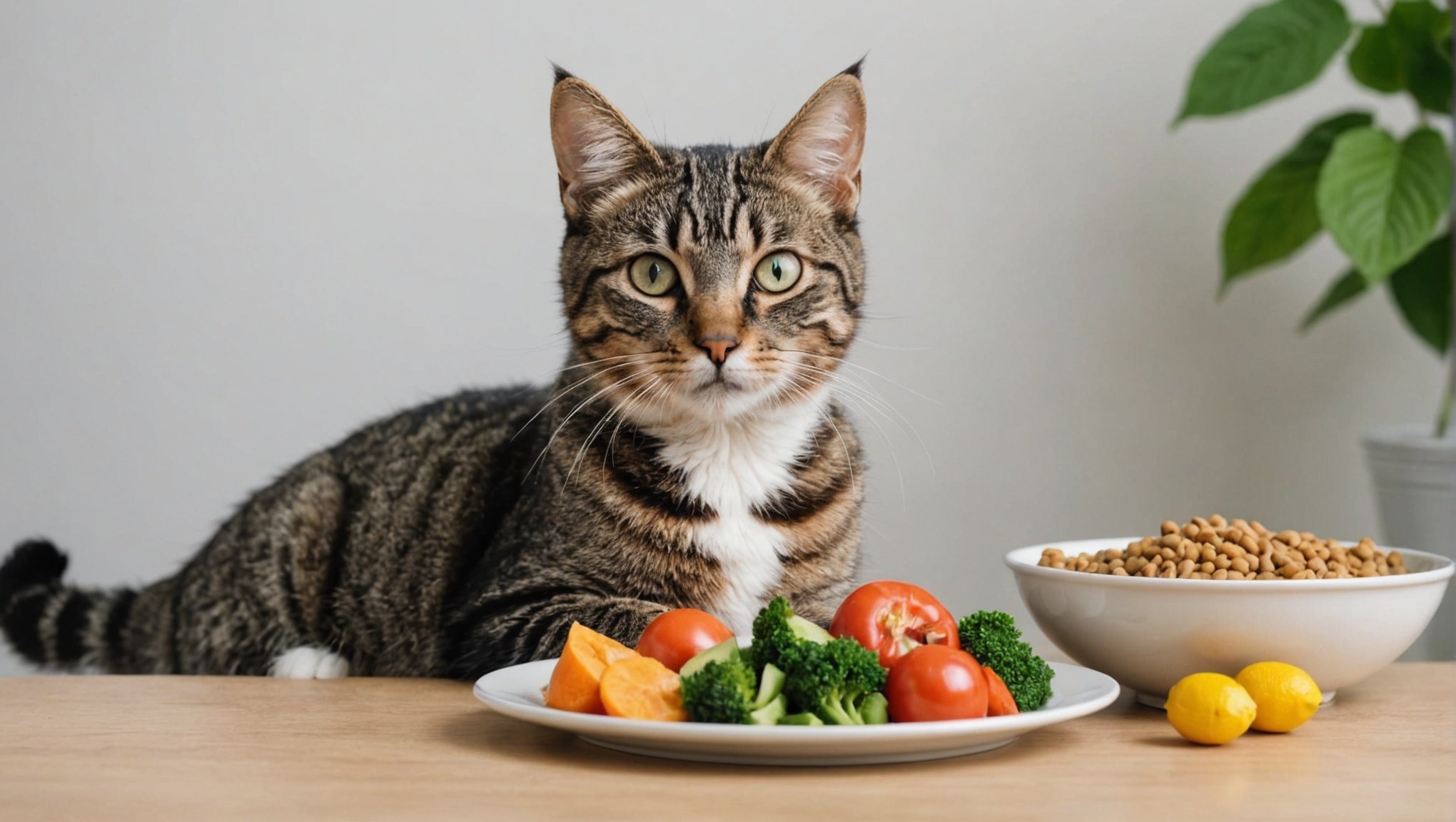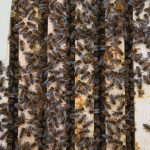Feeding your beloved feline a well-rounded, nutritious diet is crucial for its overall wellbeing. Cats, unlike dogs, are obligate carnivores, which means they primarily require a meat-based diet to thrive. This revelation has led several pet owners to consider switching to a raw food diet for their cats, which offers a closer resemblance to what their ancestors would have consumed in the wild.
However, planning a balanced raw food diet for your cat isn’t as simple as tossing them a piece of raw meat. It’s a meticulous process, which if done incorrectly, could potentially harm your pet’s health. This comprehensive guide aims to provide you with the necessary knowledge to formulate a balanced raw food diet for your cat that meets all its nutritional needs.
Dans le meme genre : What is the procedure for safely removing a tick from your cat and preventing future infestations?
Understanding the Nutritional Needs of Cats
Before you start feeding your cat a raw diet, it is essential to understand their unique dietary needs. Cats, unlike dogs, have evolved to consume prey-based diets that are high in protein, moderate in fat, and include a minimal amount of carbohydrates.
Cats require certain nutrients that are only present in animal tissues. These include taurine, an essential amino acid that cats cannot produce in sufficient amounts, and arachidonic acid, a type of fat that is crucial for skin health, reproductive function, and growth.
A lire également : How can you successfully integrate clicker training into your cat’s daily routine for effective behavior modification?
Protein is also vital for your pet’s overall health. It provides the essential amino acids that cats cannot produce themselves. It also helps to maintain their body weight, support immune function, and promote muscle growth and repair.
Essential Ingredients in a Raw Food Diet for Cats
A balanced raw food diet for cats should contain more than just meat. While meat delivers the bulk of the required proteins, it does not provide all the necessary nutrients. Let’s break it down:
- Muscle meat: This should make up the largest portion of the diet as it is high in protein and taurine. Chicken, turkey, rabbit, and beef are all excellent choices.
- Organ meat: Organ meats like liver and kidney are rich in vitamins and minerals, which are crucial for your cat’s health.
- Bone: Raw or ground bone is an excellent source of calcium, necessary for bone health and proper functioning of nerves and muscles.
- Fish oil: Fish oil provides omega-3 fatty acids, which are beneficial for your cat’s coat, skin, and brain function.
- Supplements: Depending on the recipes you follow, you may need to add certain supplements to ensure all nutritional needs are met. Common supplements include taurine, vitamin E, and B-complex vitamins.
Weighing the Risks and Benefits of a Raw Food Diet
The raw food diet for cats has its proponents and opponents, and as responsible pet owners, it’s important that you weigh the advantages and disadvantages before making a decision.
The benefits of a raw diet include improved coat quality, reduced stool volume, increased energy levels, and weight management. By controlling the ingredients, you can ensure that your cat is consuming a diet free from fillers, additives, and preservatives often found in commercial cat foods.
However, the raw food diet does come with risks. If not balanced properly, it can lead to nutritional imbalances, which can be detrimental to your cat’s health. Additionally, feeding raw meat increases the risk of bacterial contamination, which could potentially lead to foodborne illnesses.
Transitioning Your Cat to a Raw Food Diet
Switching your cat to a raw food diet should be a gradual process. Start by introducing small amounts of raw food in their regular diet. Gradually increase the quantity of raw food while decreasing the amount of their regular food.
Observe your cat closely during this transition period. Dramatic weight loss or gain, digestive issues, lethargy, or changes in coat quality could indicate that the diet isn’t working for your cat. If you notice any of these signs, consult with your vet immediately.
Ensuring a Balanced Raw Food Diet
Feeding your cat a raw diet is no easy task. You must ensure that you balance the nutrients in each meal you prepare. This will require careful planning, portion control, and possibly additional supplementation. Consulting with a veterinary nutritionist can be immensely helpful in this regard.
Remember, every cat is unique, and what works for one might not work for another. Monitor your cat’s health regularly and adjust the diet as needed.
Change is never easy, but with the right knowledge, patience, and dedication, you can ensure that your cat benefits from a balanced, nutrient-rich raw food diet. Keep in mind, the overall health and happiness of your pet is top priority, and diet is just one factor that contributes to it. Regular veterinary check-ups, plenty of exercises, and lots of love are also crucial for your feline’s wellbeing.
Picking the Right Raw Food for Your Cat
When you decide to embark on the journey of transitioning your cat to a raw diet, it’s of paramount importance to choose the right raw food. Not all types of meat are created equal, and some meats are more nutritious for cats than others.
Generally, cats prefer poultry such as chicken and turkey, which are both high in protein and low in fat, making them excellent choices for your pet’s raw diet. Rabbit and beef are also high in protein and are acceptable alternatives if your cat shows a preference for them.
Apart from the protein source, the diet must also include organ meats like heart, liver, and kidneys. These offal parts are packed with nutrients, particularly vitamin A and B-complex vitamins, which are vital for your cat’s overall health and wellbeing.
Next, the role of bones in a raw cat diet can’t be overstressed. Bones are a rich source of calcium, which is crucial for maintaining the structural integrity of your cat’s skeletal system as well as proper functioning of nerves and muscles.
Additionally, fish oil is a beneficial supplement as it provides essential fatty acids. These omega-3 fatty acids play a critical role in the maintenance of your cat’s coat, skin, and cognitive function.
Furthermore, it’s recommended to add supplements to your cat’s diet. Supplements like taurine, an amino acid that cats can’t produce in sufficient quantities, and vitamin E, a potent antioxidant, can greatly enhance the nutrient profile of the diet.
Conclusion
Making the decision to switch your feline companion to a raw food diet can be a daunting task. It requires a deep understanding of your cat’s unique dietary needs, careful selection of the right ingredients, and an unwavering commitment to maintaining the balance of nutrients in every meal.
However, the potential benefits of a raw diet, including enhanced coat quality, better weight management, and increased vitality, make this diet an attractive option for many cat owners. And by minimizing the risk of certain health conditions linked to commercial pet food diets, a raw diet can contribute to your cat’s overall longevity.
Remember, it’s essential to consult with a veterinary nutritionist when making changes to your cat’s diet, especially when transitioning to a raw food diet, to ensure that all nutritional needs of your cat are met. Take note of any changes in your cat’s behaviour and health, and immediately seek professional advice if you notice anything unusual.
In conclusion, providing a balanced, nutrient-rich raw food diet is just one aspect of ensuring your cat’s overall health and happiness. Regular veterinary check-ups, physical activity, and a lot of love are equally important. So, while venturing into the world of raw feeding can be challenging, with patience, dedication, and the right knowledge, it can potentially offer great rewards for your beloved feline.











